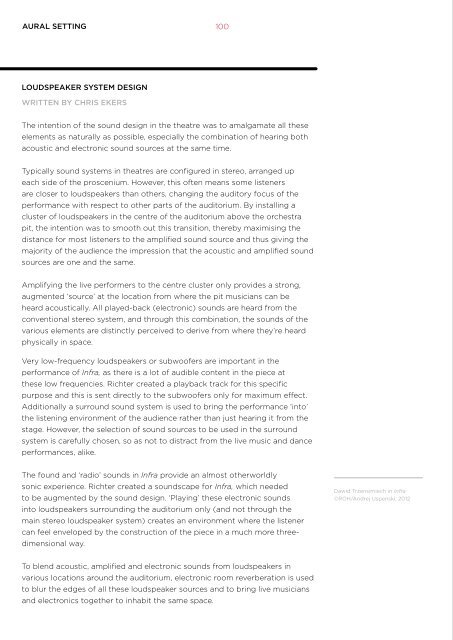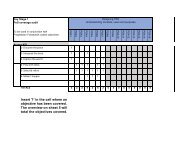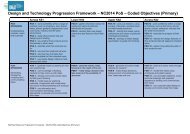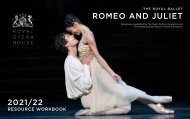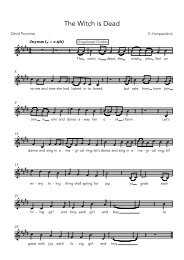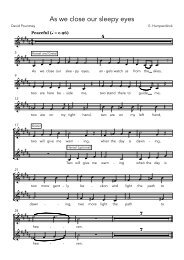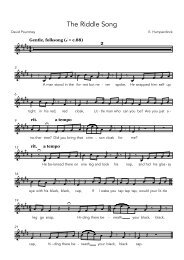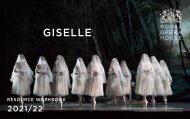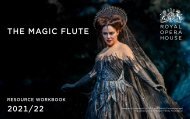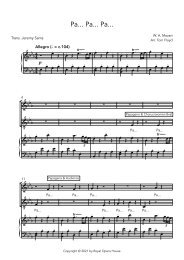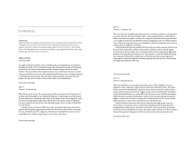Infra E-resource pack 2018
You also want an ePaper? Increase the reach of your titles
YUMPU automatically turns print PDFs into web optimized ePapers that Google loves.
AURAL SETTING<br />
100<br />
LOUDSPEAKER SYSTEM DESIGN<br />
WRITTEN BY CHRIS EKERS<br />
The intention of the sound design in the theatre was to amalgamate all these<br />
elements as naturally as possible, especially the combination of hearing both<br />
acoustic and electronic sound sources at the same time.<br />
Typically sound systems in theatres are configured in stereo, arranged up<br />
each side of the proscenium. However, this often means some listeners<br />
are closer to loudspeakers than others, changing the auditory focus of the<br />
performance with respect to other parts of the auditorium. By installing a<br />
cluster of loudspeakers in the centre of the auditorium above the orchestra<br />
pit, the intention was to smooth out this transition, thereby maximising the<br />
distance for most listeners to the amplified sound source and thus giving the<br />
majority of the audience the impression that the acoustic and amplified sound<br />
sources are one and the same.<br />
Amplifying the live performers to the centre cluster only provides a strong,<br />
augmented ‘source’ at the location from where the pit musicians can be<br />
heard acoustically. All played-back (electronic) sounds are heard from the<br />
conventional stereo system, and through this combination, the sounds of the<br />
various elements are distinctly perceived to derive from where they’re heard<br />
physically in space.<br />
Very low-frequency loudspeakers or subwoofers are important in the<br />
performance of <strong>Infra</strong>, as there is a lot of audible content in the piece at<br />
these low frequencies. Richter created a playback track for this specific<br />
purpose and this is sent directly to the subwoofers only for maximum effect.<br />
Additionally a surround sound system is used to bring the performance ‘into’<br />
the listening environment of the audience rather than just hearing it from the<br />
stage. However, the selection of sound sources to be used in the surround<br />
system is carefully chosen, so as not to distract from the live music and dance<br />
performances, alike.<br />
The found and ‘radio’ sounds in <strong>Infra</strong> provide an almost otherworldly<br />
sonic experience. Richter created a soundscape for <strong>Infra</strong>, which needed<br />
to be augmented by the sound design. ‘Playing’ these electronic sounds<br />
into loudspeakers surrounding the auditorium only (and not through the<br />
main stereo loudspeaker system) creates an environment where the listener<br />
can feel enveloped by the construction of the piece in a much more threedimensional<br />
way.<br />
Dawid Trzensimiech in <strong>Infra</strong><br />
©ROH/Andrej Uspenski, 2012<br />
To blend acoustic, amplified and electronic sounds from loudspeakers in<br />
various locations around the auditorium, electronic room reverberation is used<br />
to blur the edges of all these loudspeaker sources and to bring live musicians<br />
and electronics together to inhabit the same space.


